Considering the way Asian cinema has impacted the international movie industry the last few years, it is easy to say that this was one of the best decades in the history of the cinema of the continent. The success of most of the film that feature in the top 10 of this list is undeniable, while the ripples sent were felt quite significantly this year also, with Asian films getting recognition all over the world
In an effort to winnow some of the best Asian movies of the decade (2011-2020) we came up with 60 we felt were the ones that truly stand out in terms of quality, impact and sheer entertainment they offered. The order of this list could be different of course and the number much bigger, but our effort was towards presenting great films and not cataloguing all of them, always with a focus on diversity in style, themes and country of origin, although East Asian somewhat dominates the list.
Without further ado, here are the 60 Best Asian films of the decade in reverse order.
*By clicking on the titles, you can read the full reviews.
60. Drug War (Johnnie To, 2012, Hong Kong)

Johnnie To directs another action film about cops that act as criminals, and their opponents, and does a very good job on it. Most of the film functions as an agonizing thriller, as Zhang poises as a criminal in order to find out more about the syndicate and Choi is always on the lookout for a way out of the strain he is in. This last aspect, however, is presented is subtlety, since, although the fact that the scenario Zhang put in motion will not go smoothly until the end is quite obvious, Choi does not act on it, for the most part of the film. This trait benefits the most by Louis Koo acting as Choi, who manages to emit a constant sense of restlessness, as a man who acts in timid fashion, but is obvious that he is planning something. Some nonsensicality could not be missing from a To film, although this time is quite restrained, with the exception of the scene where Zhang is forced to take drugs. (Panos Kotzathanasis)
Buy This Title
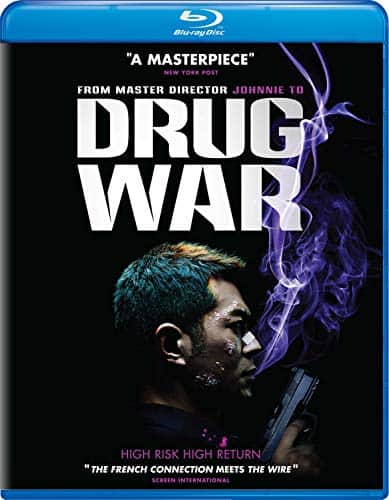
59. Baahubali: The Beginning (S. S Rajamouli, 2015, India)
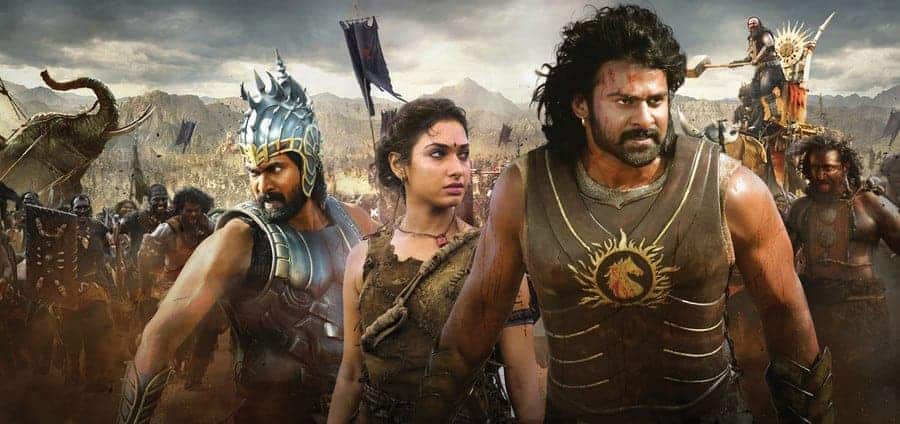
Evidently, “Baahubali” is not the film that will make you think. However, it delivers in one other, very important aspect of cinema, and that is pure entertainment. In that fashion, you will not find many films better than this one, as you will be impressed, laugh, and spend 158 minutes without even realizing it. (Panos Kotzathanasis)
Buy This Title
58. Chanthaly (Mattie Do, 2012, Laos)
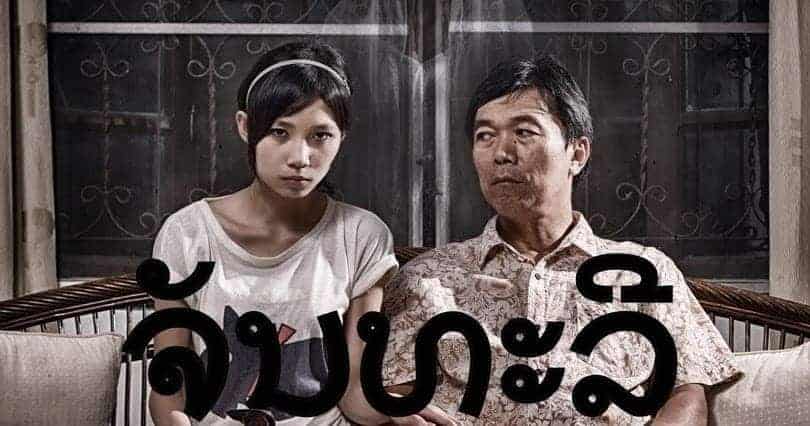
Chanthaly cannot go out, and when she does, the ‘outside world' is not shown on screen and going out doesn't end up well for the main character. The house is her psychological and physical prison. The ambivalent tie to the inside/outside world is also indicative of the ambiguous father-daughter relation, and later on the mother figure-daughter relation. (Oriana Virone)
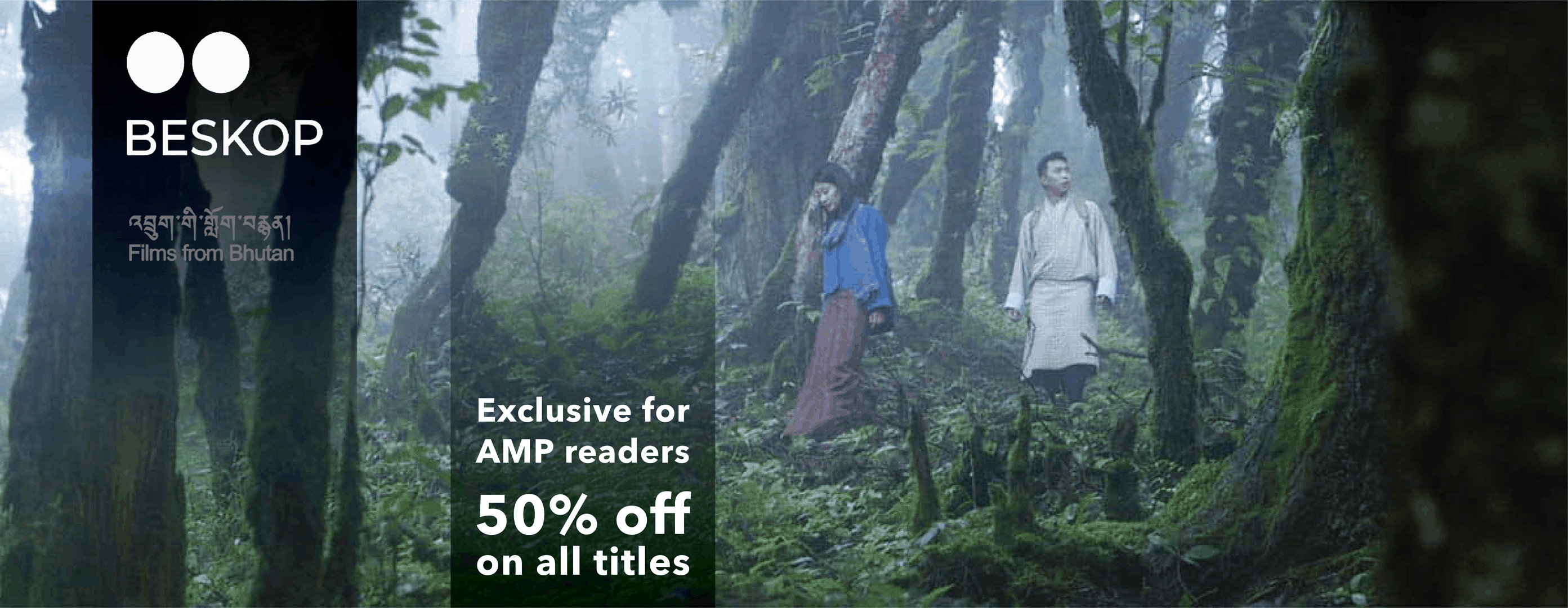
57. Ulbolsyn (Adilkhan Yerzhanov, Kazakhstan/ France)
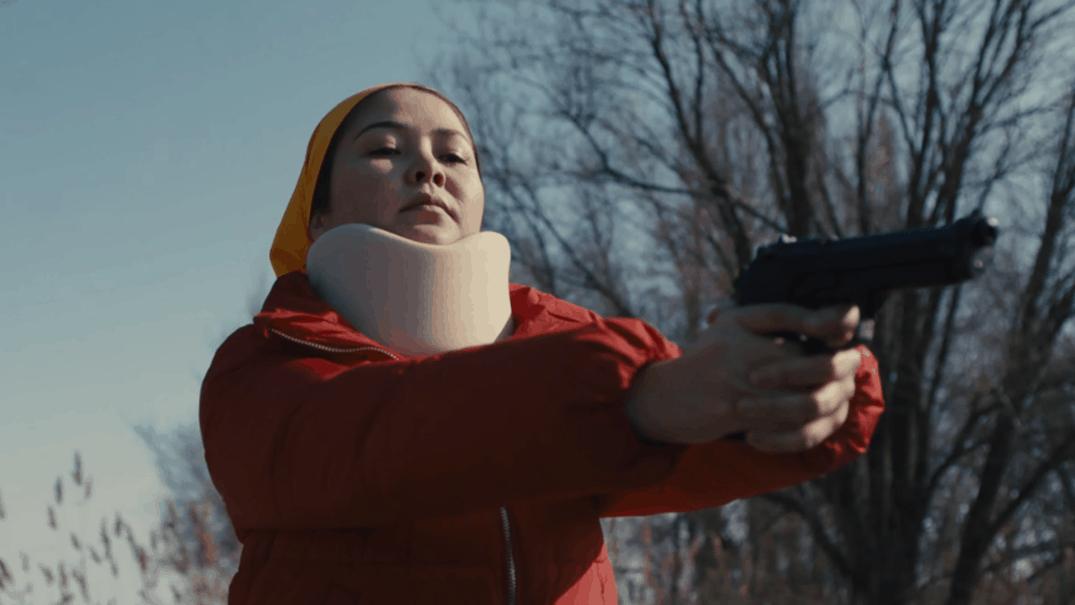
The world “Ulbolsyn” briefly re-visits is stuck up in the past. Women eat in separate rooms, they are being locked in basements and beaten up in so called purification ceremonies that are supposed to chase the demons away. In other words, some kind of exorcism of free will and behavior that challenges the patriarchy. However, the main hero is full of surprises. When she's denied help by the police, she calls for her own army of armed professionals, and finally for a different kind of assistance.(Marina D. Richter)
56. The Assassin (Hou Hsiao Hsien, 2015, Taiwan)
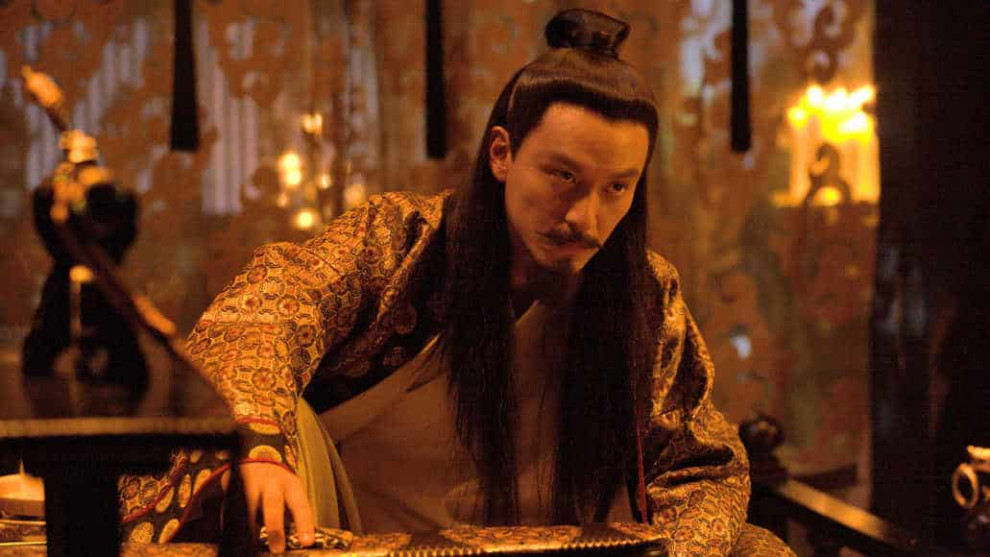
Hou Hsiao Hsien and his cinematographer, Mark Lee Ping Bin proved once more that they are masters of their respective roles. The result of their prowess is a stunning film that excels in terms of cinematography, set design and costumes. Hsien implements his characteristic long and lengthy shots, whose purpose is to depict in detail the natural environment the story takes place, and a series of retro fade-outs. Moreover, the pace is slow as always, the dialogues scarce, the minimalism evident and the attention to detail at its utmost, from a director who is characterized by his obsession with the picture itself… Overall, “The Assassin” is a gorgeous film, artfully structured that bares however, little resemblance to the wuxia genre, apart from the era it takes place. (Panos Kotzathanasis)
Buy This Title
55. Ash is Purest White (Jia Zhangke, 2018, China)

Through these parts, Jia Zhangke highlights the changes China have been experiencing during the last decades, as tradition has succumbed completely to technology, speed and the relentless pursue of money. The way the director presents these changes is one of the film's best assets, through a number of entertaining and meaningful episodes and “tricks.” For instance, in the second part, as Qiao is searching for an old acquaintance in a large company, she asks the woman working the front desk about the man with the college degree, only to receive a disillusioning answer: “Almost all employees have college degrees.” The chaotic changes the Three Gorge Dam brought is also another part of this tactic, as is the evolution of trains, which Jia Zhangke making a point of showing how they have changed through the years, in a number of instances. The same applies to a recurring scene where Qiao and Bin are standing on a hill alone, with the one “in-charge” changing as the story progresses. (Panos Kotzathanasis)
Buy This Title
54. New World (Park Hoon-jung, 2013, S. Korea)

Park Hoon-jung directs an agonizing crime thriller, which contains the usual violence, anti-heroes, impressive action sequences, and stylish gangsters in their suits, along with the much-loved plot twists. However, the film's main point of excellence is its characters, with the thin balance that dominates their relationships constantly shifting, in a game of death where nothing is improbable, as it is most eloquently stressed in the film's finale. (Panos Kotzathanasis)
Buy This Title
53. A Taxi Driver (Jang Hoon, 2017, S. Korea)

Jang Hoon takes a new approach to the subject, through a story that is split in two parts. The first one takes place in Seoul, and has a rather comedic style, as we witness the “adventures” of a poor devil trying to make ends meet, a style in which Song Kang-ho thrives. Some dramatic sequences are still present, through his relationship with his daughter, but are minor. The second part takes place after their arrival in Gwangju, with the film transforming into a rather pointy drama, which occasionally functions as an agonizing action thriller. The simply entertaining moments are not missing from here also, as in the scene in Tae-sool's house, but the drama is the one that dominates this part. (Panos Kotzathanasis)
Buy This Title
52. The Wind Rises (Hayao Miyazaki, 2013, Japan)

“The Wind Rises” tells the story of Jiro Horikoshi, a man who designed fighting planes for Japan during the war, but eventually started feeling regret for his manufacturing of these death-machines. This time, Miyazaki refrained from the magical realism of his previous film, instead shooting a biopic through an old-fashioned narrative, filled with nostalgia and romanticism. Through this setting, and the story of Jiro, Miyazaki presents the blight of war and its consequences on people, although the focus remained on the romantic story featuring in the film. (Panos Kotzathanasis)
Buy This Title
51. Blade of the Immortal (Takashi Miike, 2017, Japan)
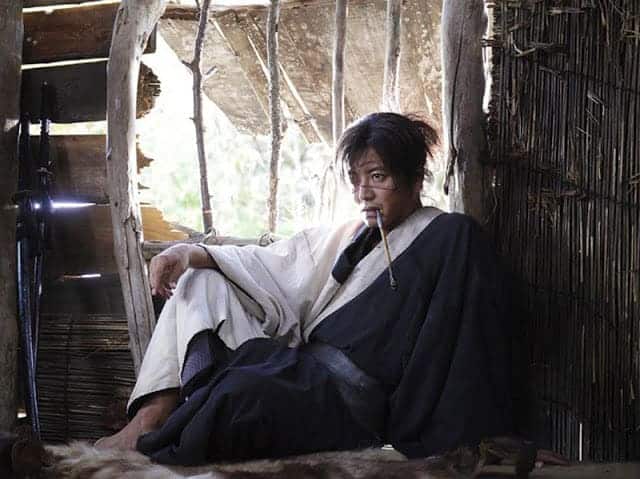
Slightly aging, massive pop star Kimura Takuya fits well in the moody and battered Manji's shoes and he manages to infuse it with the right amount of sense of humor and grumpiness. Sugisaki Hana as Rin does her best but her character is not very well developed by the script, and therefore the couple suffers from a lack of chemistry. Fukushi Sota is Asano, a bit too boy-band-faced for the part maybe, but one can't say he is not consistent with the whole Ittō-ryū bunch and their camp Manga aesthetic. The movie launched at Cannes last spring and sold out tickets literally minutes after its opening sale at BFI London Film Festival. (Adriana Rosati)
Buy This Title
50. Antiporno (Sion Sono, 2016, Japan)
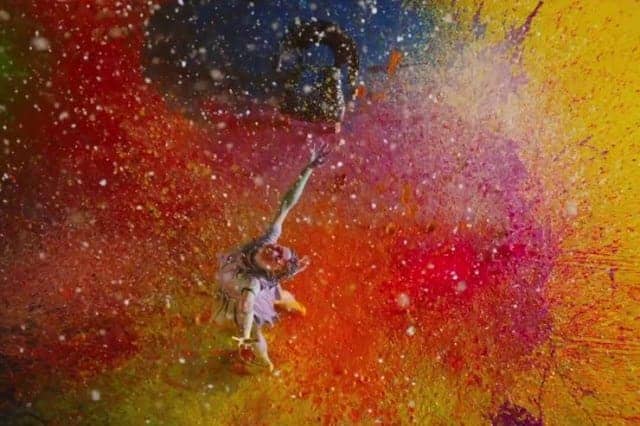
The art design for the film is exceptional with the background playing a role in the film as well. Throughout the audience is made to consider the significance of each location and the interplay between them, whether the yellow room, the forest, the home. It forces a consideration of themes by repeatedly alienating the viewer and giving a sense of unreality to proceedings that make you question both the characters and your relationship to them.(Matthew Cooper)


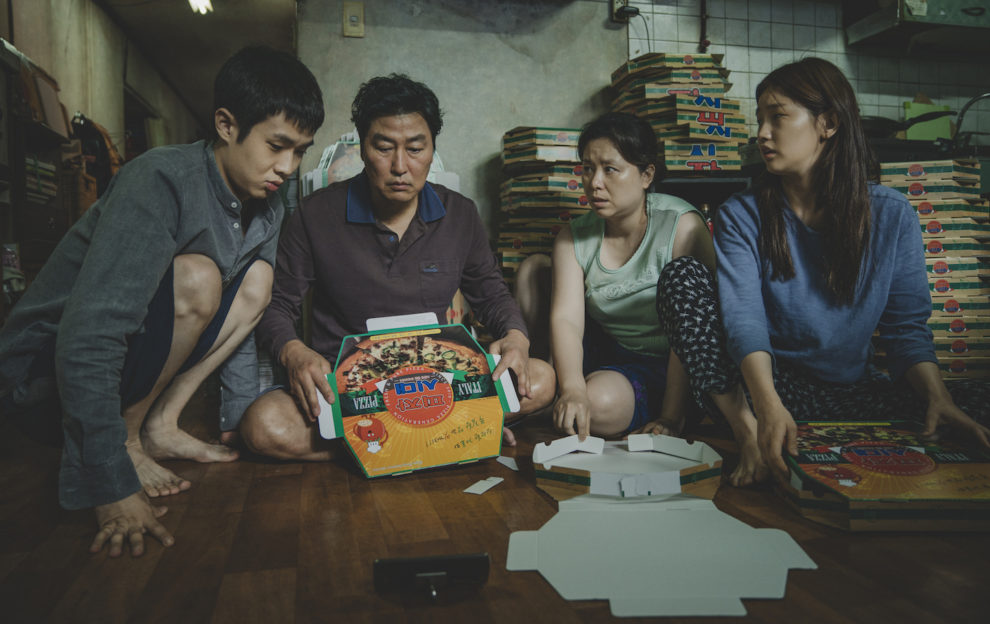

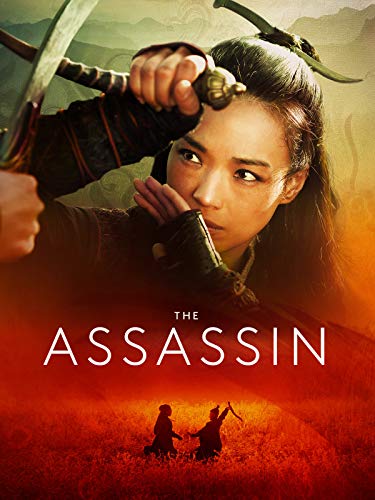
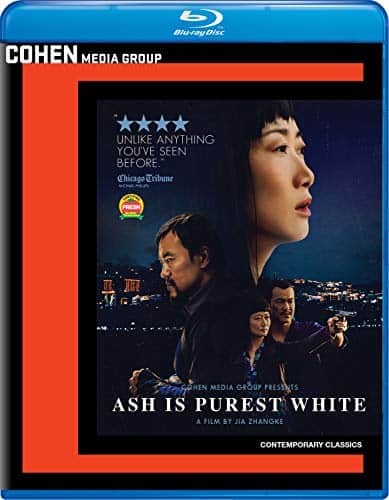
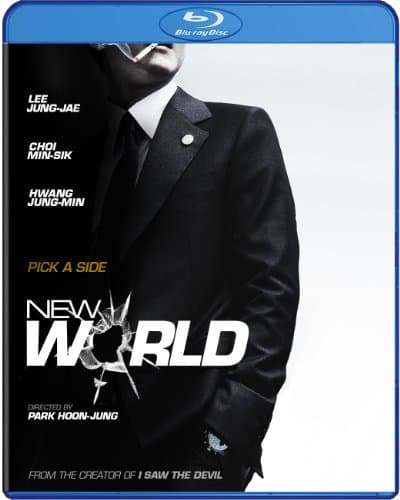
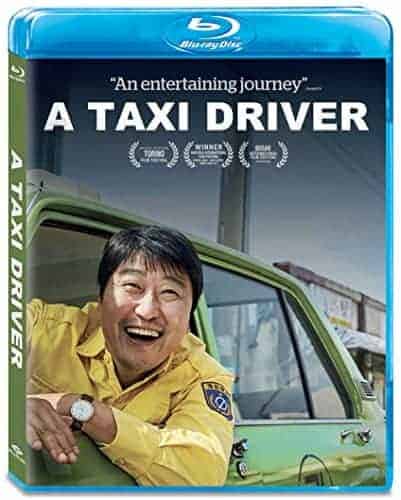

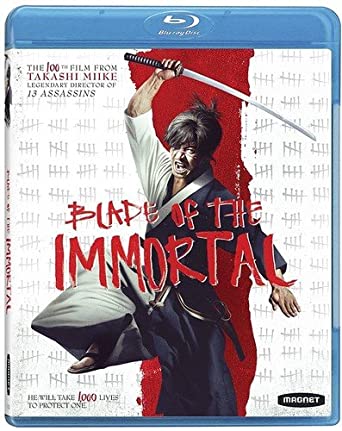


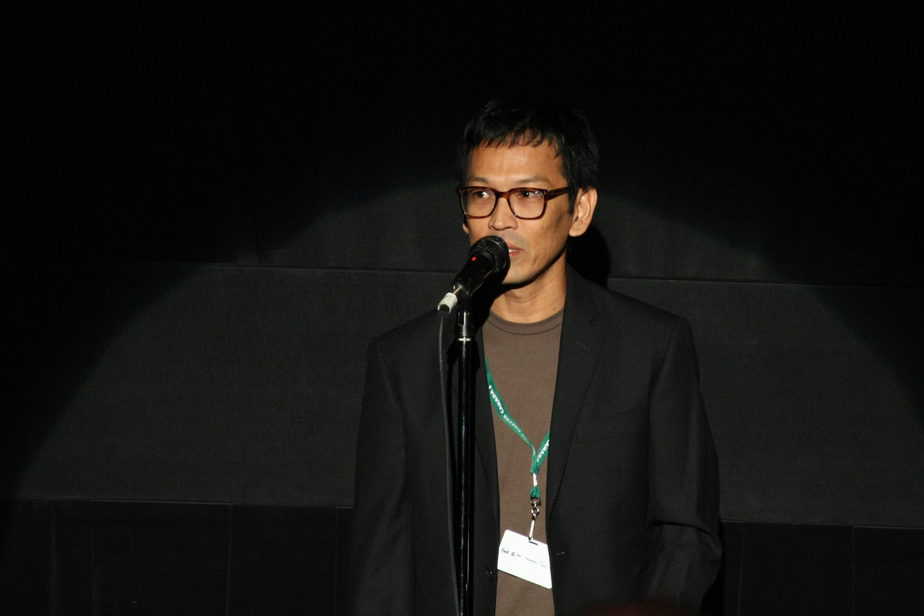

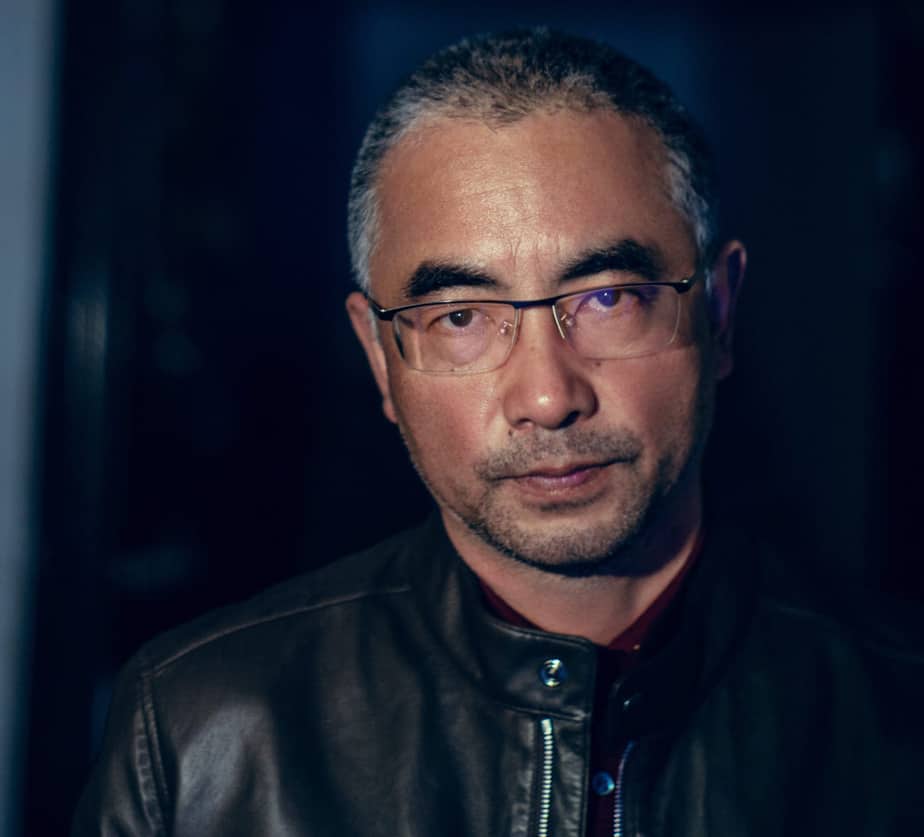
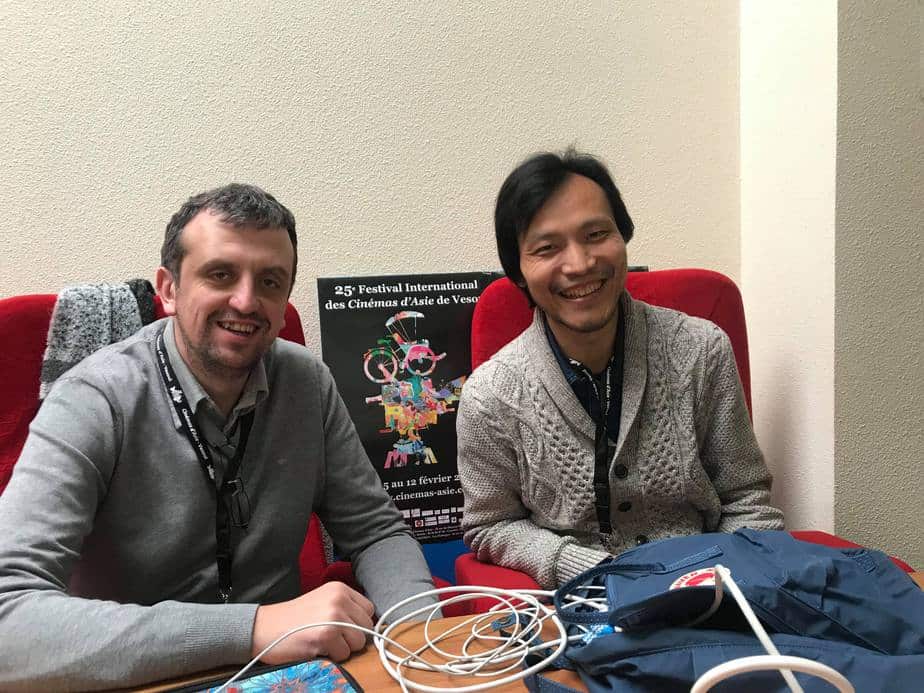








I’m wondering why Brillante Mendoza’s THY WOMB didn’t make it to this list? 🤔
The same question could be asked for hundreds of movies. These 60, however, are our choice.